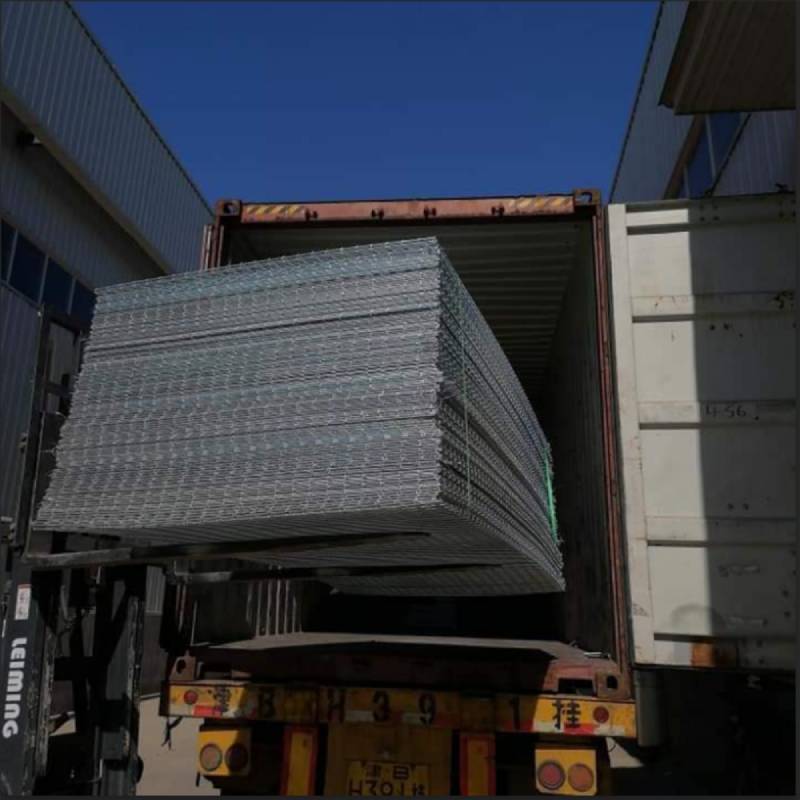Exploring the Benefits and Uses of Poultry Mesh in Modern Farming Practices
Understanding Poultry Mesh A Vital Tool for Modern Poultry Farming
In the world of agriculture, particularly within the realm of poultry farming, the use of appropriate materials can significantly enhance productivity and ensure the health and safety of livestock. One such essential tool is poultry mesh, a versatile and effective solution widely employed in various poultry operations. This article will explore the significance of poultry mesh, its types, and its applications in modern farming practices.
Poultry mesh, also known as wire mesh fencing, is a type of fencing material specifically designed for use in poultry farms. It is made from strands of wire that are woven together to create a grid-like structure, providing both support and security for birds such as chickens, ducks, and turkeys. This mesh comes in different sizes, gauges, and materials, allowing farmers to choose the option that best fits their specific needs.
One of the primary benefits of poultry mesh is its ability to protect birds from predators. In the wild, poultry are vulnerable to a wide array of threats, including raccoons, foxes, and hawks. By installing a sturdy poultry mesh around the living area, farmers can create a secure environment that minimizes these risks. The mesh's robust design deters potential predators, ensuring the safety of the flock and reducing the likelihood of loss.
Furthermore, poultry mesh aids in managing the environment within which the birds live. Proper ventilation is crucial for the health of poultry, as it helps prevent the accumulation of harmful ammonia and moisture. Poultry mesh allows for adequate airflow while simultaneously containing the birds within a designated area. This feature promotes a more hygienic environment, reducing the chances of disease outbreaks that can devastate a flock.
poultry mesh

In addition to its protective and environmental benefits, poultry mesh also plays a critical role in facilitating feeding and movement. Many farmers utilize poultry mesh to construct portable pens or enclosures that can be relocated as needed. This mobile system allows for rotational grazing, which is beneficial for both the birds and the land they inhabit. By moving the flock to different areas, farmers can prevent overgrazing and promote the regeneration of pastureland, resulting in healthier birds and improved soil quality.
Another significant advantage of poultry mesh is its cost-effectiveness. Compared to traditional fencing materials, such as wood or solid panels, poultry mesh is often more affordable and easier to install. Its durability means that once it is properly set up, it requires minimal maintenance and can last for years. This aspect makes it an attractive option for both small-scale and commercial poultry farmers looking to optimize their operations without breaking the bank.
Moreover, poultry mesh can also serve as a visual barrier which helps to reduce stress among birds. Poultry are naturally skittish animals and can become agitated when they see movement or threats outside their enclosure. By using mesh that limits their line of sight while still allowing airflow and visibility to a degree, farmers can help maintain a calm environment conducive to health and productivity.
In conclusion, the use of poultry mesh represents a critical advancement in poultry farming. Its multifaceted applications—from security and environmental management to cost-effectiveness—make it an indispensable tool for farmers looking to enhance their operations. As poultry farming continues to evolve, the integration of materials like poultry mesh will play an increasingly important role in establishing sustainable and successful practices for the future. Whether for small backyard flocks or large commercial operations, poultry mesh is a reliable investment that can yield substantial benefits in the world of aviculture.
-
Weather Resistance of Woven Wire and Chicken Wire Fencing MaterialsNewsJun.05,2025
-
Umbrella Nails Innovations in Roofing Fasteners for Wind ResistanceNewsJun.05,2025
-
Modern Barbed Wire Fence Designs for Perimeter ProtectionNewsJun.05,2025
-
How Iron Nail Wire Enhances Nail Strength and Installation EfficiencyNewsJun.05,2025
-
High-Security Razor Fence Solutions for Perimeter ProtectionNewsJun.05,2025
-
Durable Wire Netting Fence Solutions for Animal EnclosuresNewsJun.05,2025




